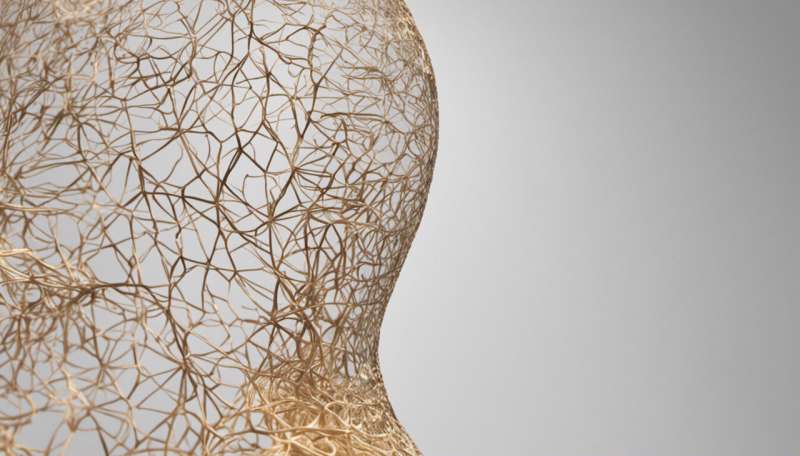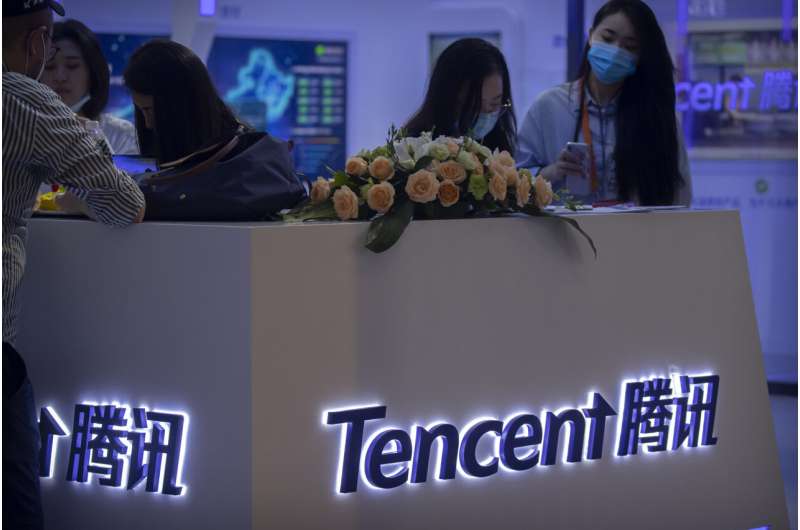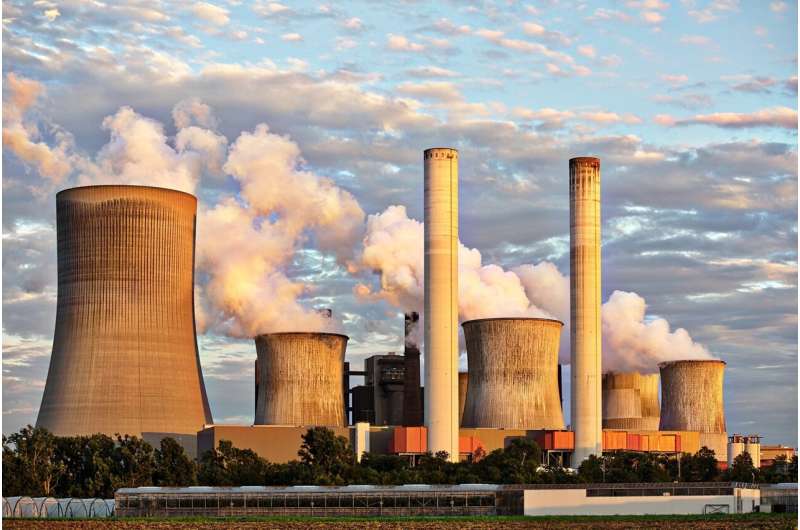Author of the article: Ashley Joannou

The Alberta NDP is calling for a public inquiry into the UCP government’s handling of the COVID-19 pandemic, saying Albertans deserve an arm’s-length and open look into the effectiveness of the decisions that were made.
At a Tuesday press conference, NDP deputy leader Sarah Hoffman said an independent review led by a retired judge and modelled after the Walkerton inquiry into contaminated drinking water in Ontario is necessary to look into the Alberta government’s recent decision to end isolation requirements, contact tracing and asymptomatic testing even as cases climb in the province.
She said it’s clear that Albertans can no longer trust their own government to keep them safe.
“A full public inquiry is necessary because it allows Albertans to understand what happened over the course of this pandemic and to plan for the future, so we don’t make the same deadly decisions again when we face another pandemic or another public emergency.”
The proposed inquiry would also look at the effectiveness of the government’s public health restrictions, contact tracing, modelling and public communication, Hoffman said.
It would also look into the circumstances that caused deaths in continuing-care facilities and a large number of cases at meat-packing plants.
The opposition has promised to hold its own inquiry if it becomes government next election.
Health Minister Tyler Shandro reversed course Tuesday morning, agreeing to release the report this week. He tweeted that the report in question would have been considered for release together with future reviews of the entire pandemic response.
“Given the interest in the report, the full report will be posted earlier than planned in the interest of full transparency,” he said.
In an email Tuesday, Premier Jason Kenney’s deputy press secretary Harrison Fleming accused the NDP of attacking the credibility of chief medical officer of health Dr. Deena Hinshaw and seeking a “witch hunt.”
“The NDP’s only objective is to politicize the pandemic with witch hunts that would stretch out for months, even years,” he said.
“What the NDP wants is a backward-looking, political circus that serves nobody. We’re focused on moving on from COVID, rebuilding the economy, and creating jobs and opportunities for all Albertans.”
The government has faced heavy criticism since announcing its plans to remove most COVID-19 protocols. The move has been questioned by the Alberta Medical Association, the Canadian Pediatric Society and five consecutive days of protests including outside the legislature in Edmonton.
By Kirby Bourne 630CHED
Posted August 3, 2021

A long-awaited third-party report into Alberta’s handling of the first wave of the COVID-19 pandemic will be released “later this week,” Tyler Shandro tweeted Tuesday morning.
Alberta’s health minister made the comments after media reports that the report wouldn’t be released.
“The media response to the reporter said the interim report only reflected the pandemic response to the first wave,” Shandro tweeted.
“The report would be considered for release together with future reviews of the entire pandemic response.
“Given the interest in the report, the full report will be posted earlier than planned in the interest of full transparency.”
Earlier Tuesday, Opposition leader Rachel Notley called on the government in question period to release the report.
“To the premier: where is it?” she asked.
“This report belongs to Albertans and they deserve to see just how badly Jason Kenney mismanaged the pandemic response from Day 1, and how badly they continue to mismanage this response today,” NDP deputy leader and health critic Sarah Hoffman said at a news conference.

But the Official Opposition says releasing the report now is too little too late and is calling for a full public inquiry into the government’s handling of the pandemic.
“Enough is enough,” Hoffman said.
“This is more than a broken promise from Tyler Shandro. This is evidence of a corrupt and secretive government working to deceive the public.”
READ MORE: Coronavirus: Third-party review of Alberta COVID-19 response expected in early 2021
“This government has had an issue with transparency throughout the pandemic,” Dr. Joe Vipond, an ER doctor from Calgary, said while attending a rally outside the legislature Tuesday.
“You don’t know and I don’t know how many people have gotten sick in hospital. You and I don’t know how many people have died from in-hospital-derived infections. We don’t know if there have been assessments of provincial buildings or schools or hospitals to ensure that there’s no airborne transmission. In fact, they won’t even say the words ‘airborne transmission,’ anybody in the government, including our chief medical officer of health.
“We need more transparency from the top to the bottom, including that report.”
The NDP is calling for a public inquiry — led by a retired judge — into the UCP government’s handling of the entire COVID-19 pandemic.
Hoffman went so far as to promise the inquiry will still be done if the NDP wins the next provincial election.

Hoffman didn’t have a time or cost estimate for how long an inquiry of this nature would take, but she said that it is “absolutely necessary,” and that it would take longer and cost more “the more they (the UCP) delay.”
“Minister Shandro has committed to releasing the independent first wave report this week and we will continue to review our pandemic response measures,” a statement from Alberta Health to 630 CHED said. “And of course Alberta Health officials will be conducting a fulsome review of the province’s total response.
“However, let’s be clear, the NDP have no real interest in improving anything,” communications advisor Brett Boyden said. “They continue to ignore that the pandemic is global in nature.
“The NDP’s only objective is to politicize the pandemic with witch hunts that would stretch out for months, even years. What the NDP wants is a backward-looking, political circus that serves nobody.”
The $475,000 review was awarded to KPMG last August. The government had originally said it hoped the report would be released in late 2020.
Late last year, that timeline was changed to sometime in early 2021.
In March, Shandro said it was his understanding the authors of the report had completed the first draft.
According to a news release when the review was announced, the province said it would “enhance Alberta’s capacity to respond to a potential second wave of COVID-19 and any future pandemics,” and added that a “strong, coordinated response can help save lives, prevent wide-scale spread of disease and help jobs and the economy bounce back more quickly.”
–with a file from Adam MacVicar, Global News










